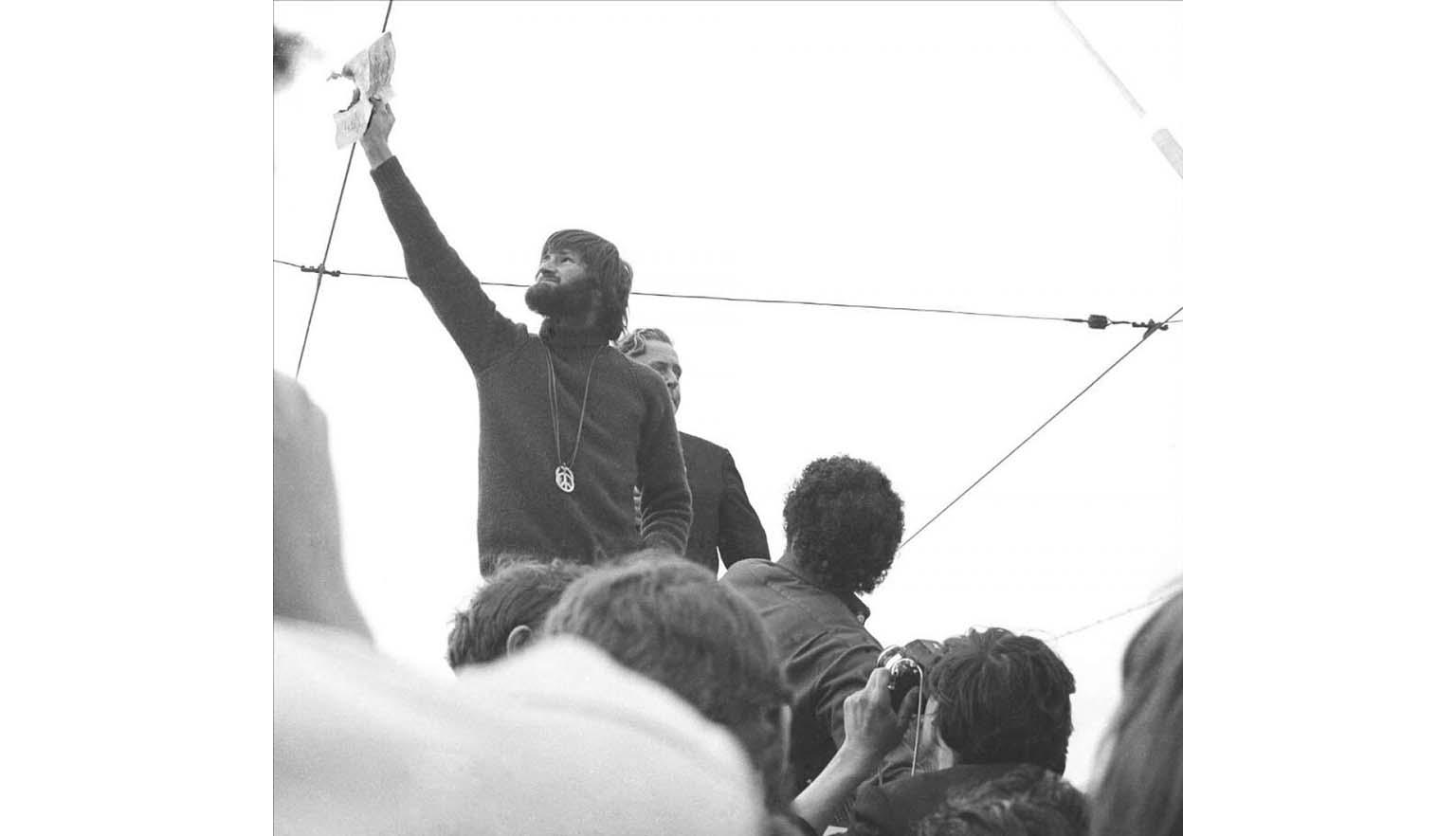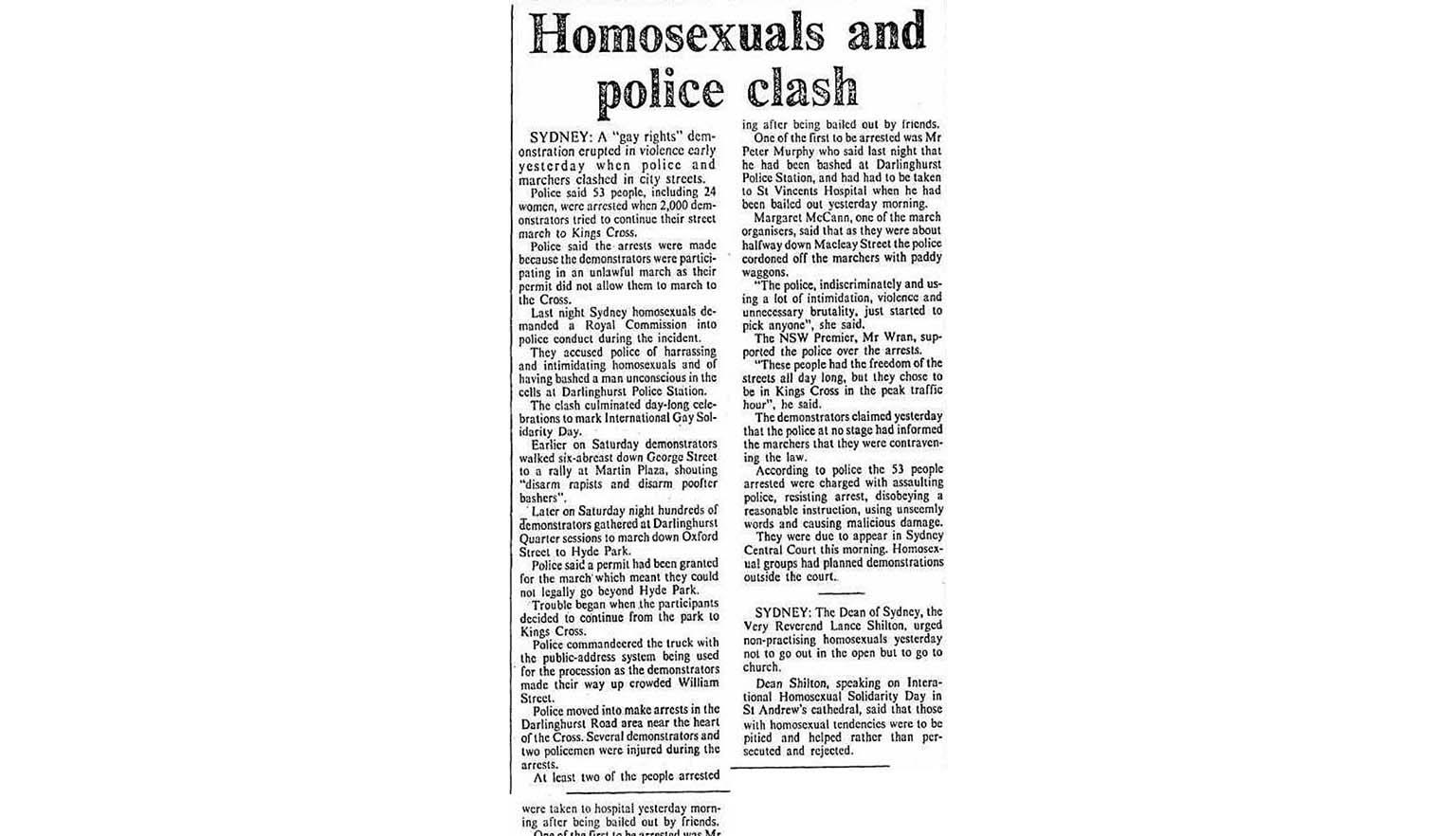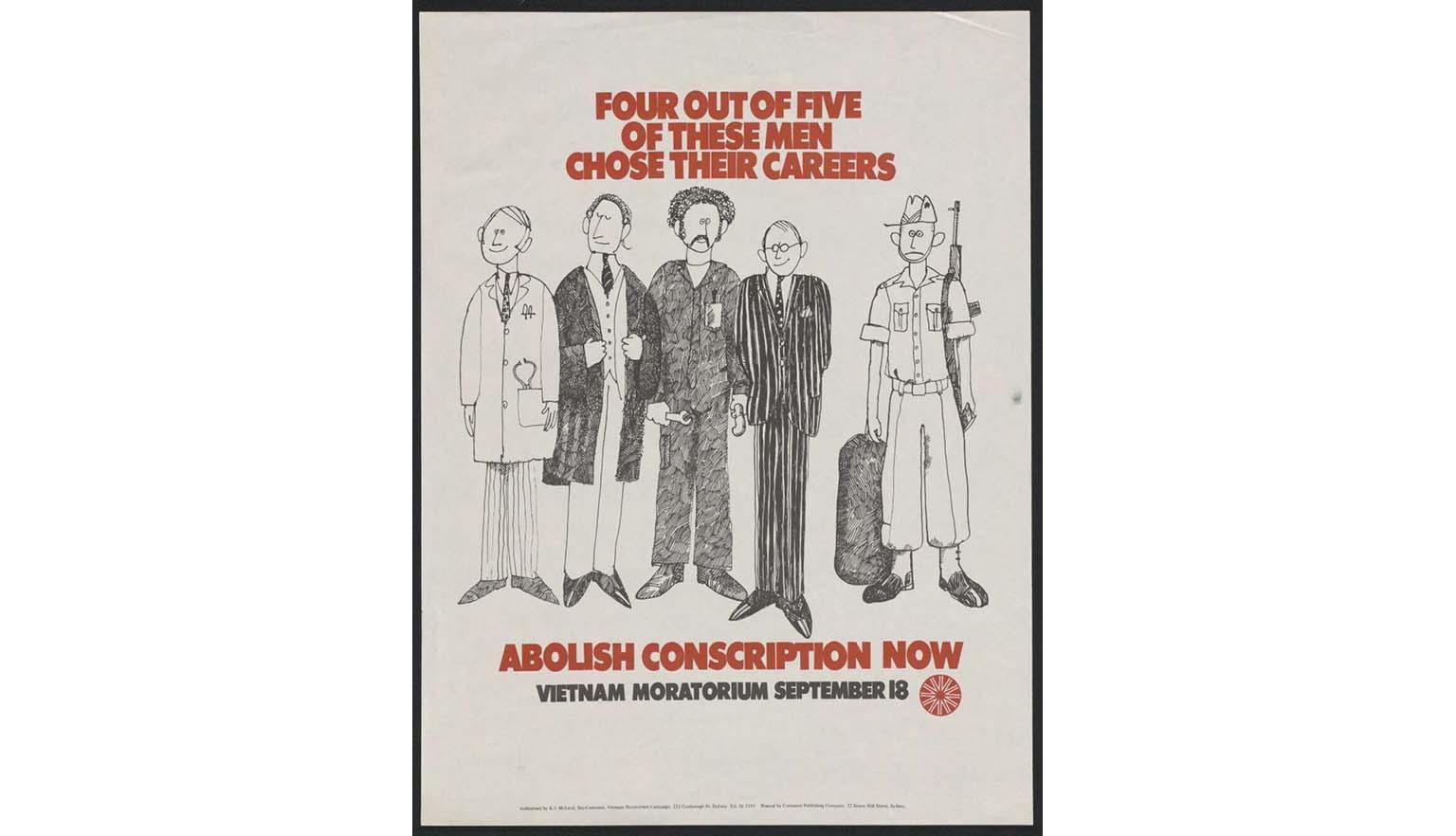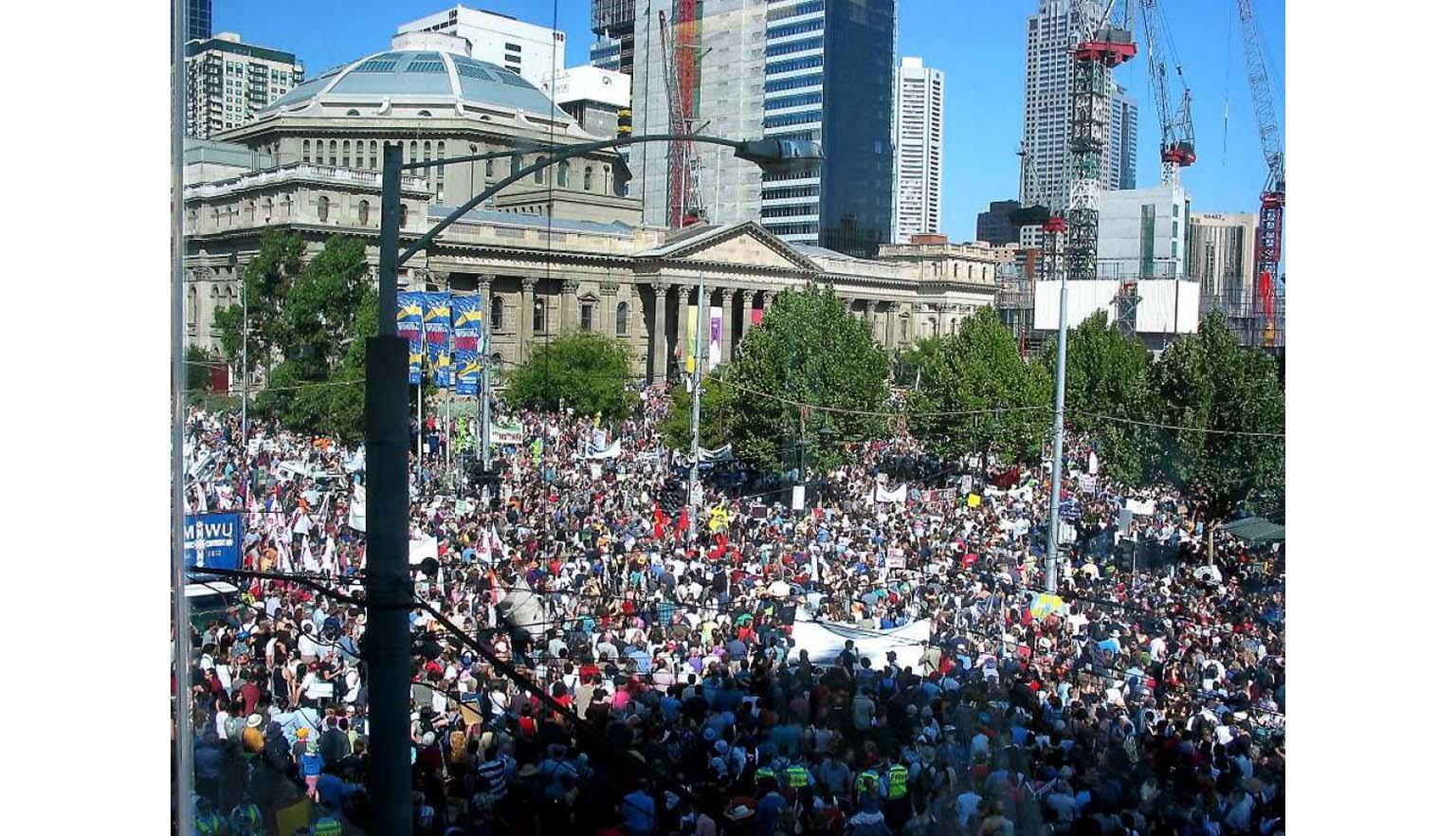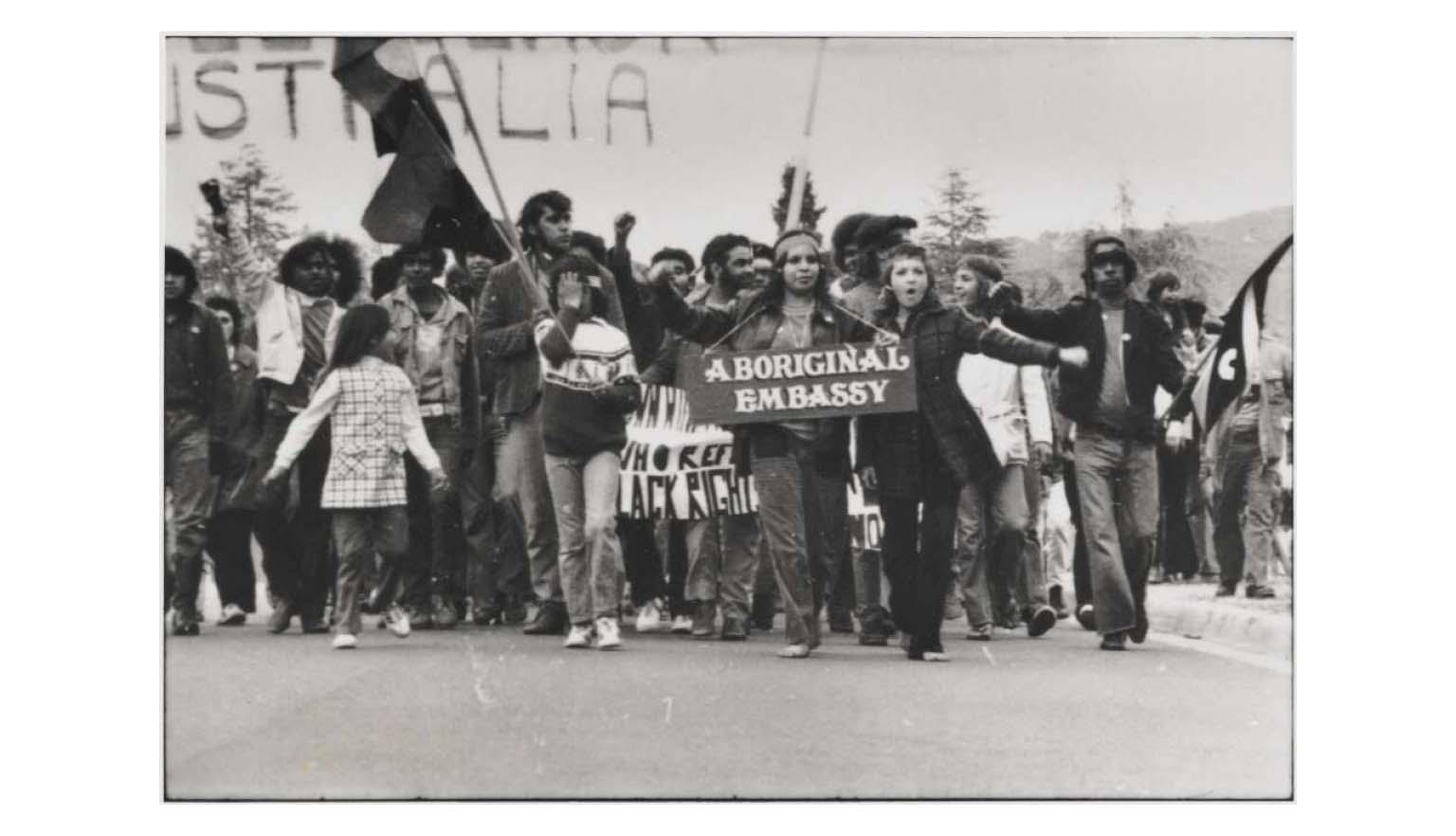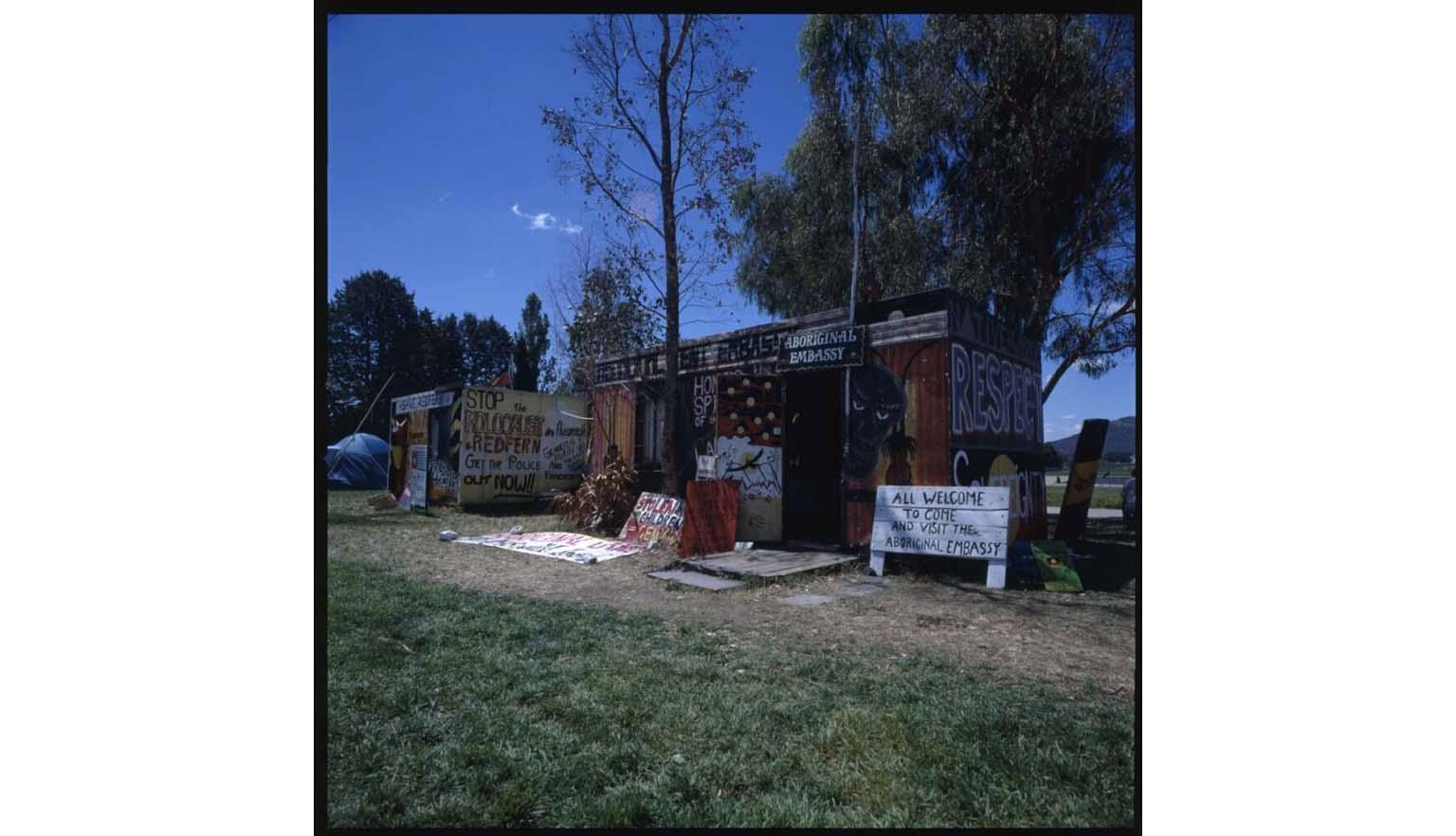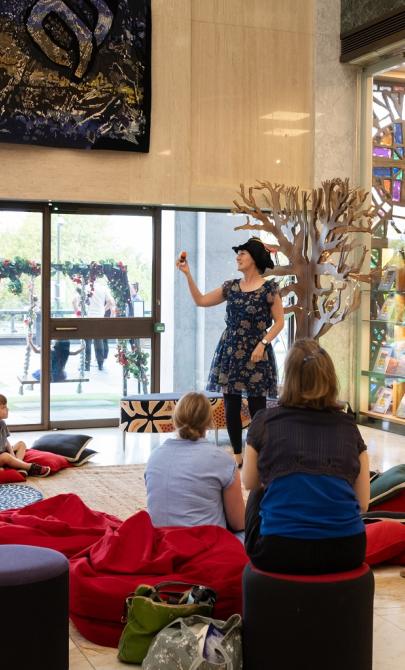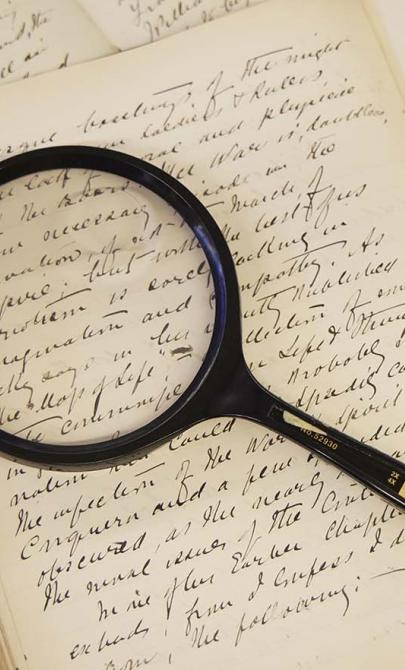Direct action
Civil resistance
Civil resistance involves the use of non-violent methods to highlight a social or political issue. These actions are peaceful and aim to raise awareness or influence public opinion.
Common forms of civil resistance include:
- Marches
- Demonstrations
- Boycotts
- Silent vigils
- Petitions
- Peaceful street protests
- Picketing
Civil disobedience
Civil disobedience also uses non-violent methods but involves the deliberate refusal to follow laws or regulations. The goal is to provoke public debate and draw attention to perceived injustices.
Sally Rugg, Executive Director of Change.org, notes that while civil disobedience can be powerful, protestors should avoid being too divisive to maintain public support.
Examples of civil disobedience include:
- Burning draft cards (draft dodging)
- Distributing unauthorised leaflets
- Street sit-ins
- Violating protest permit conditions
- Mass mobilisation to disrupt daily routines
Aboriginal Tent Embassy
The Aboriginal Tent Embassy was established in 1972 in response to the Australian Government’s refusal to grant land rights to First Nations peoples.
On Australia Day (now also referred to as Invasion Day) that year, Prime Minister William McMahon announced that First Nations people would be offered lease arrangements instead of land rights. These arrangements failed to recognise traditional ownership or cultural connection to the land.
The protest begins
Outraged by the announcement, young activists in Redfern, including members of the Black Caucus, met to plan a response. They agreed that direct action was needed.
On 26 January 1972, four Aboriginal men—Michael Anderson, Billy Craigie, Tony Coorey and Bert Williams—travelled from Sydney to Canberra. They arrived in the early hours of 27 January and set up camp on the lawns of Parliament House (now Old Parliament House).
They brought a beach umbrella, signs with slogans such as “Land rights now or else” and “Land now not lease”, and a sign identifying the site as the Aboriginal Embassy.
A legal loophole allowed them to camp on the lawns indefinitely. Police initially investigated but could not remove them.
Confrontation and legacy
Over the next six months, the Tent Embassy became a powerful symbol of Aboriginal protest. Tensions escalated when police attempted to dismantle the camp, leading to confrontations with protesters.
In July 1972, the government passed new laws banning camping on Parliament House lawns. Police forcibly removed the embassy, but the ACT Supreme Court later ruled against the use of those laws to prohibit the protest.
The original Tent Embassy became a lasting symbol of the fight for land rights and broader First Nations justice. It remains a significant site of protest and cultural identity for many Aboriginal and Torres Strait Islander peoples.
Learning activities
Activity 1: Debate: Is direct action effective?
Direct action, including protest, is one way people express dissent and push for change. In this activity, students will explore different viewpoints by debating the value of protest and civil disobedience.
- Divide the class into two groups:
- one group will argue for the chosen statement (affirmative)
- the other group will argue against it (negative)
- Choose one of the following statements as your debate topic:
- Peaceful protest is pointless
- Breaking laws as a form of protest delays progress
- Give students time to:
- research their position
- gather supporting arguments and examples
- assign speaking roles within their team
- Hold the debate following a clear structure:
- Opening statements
- Supporting arguments
- Rebuttals
- Closing summaries
- After the debate, reflect as a class:
- What were the strongest points made?
- Did anyone’s opinion change?
- What makes protest effective or ineffective?
